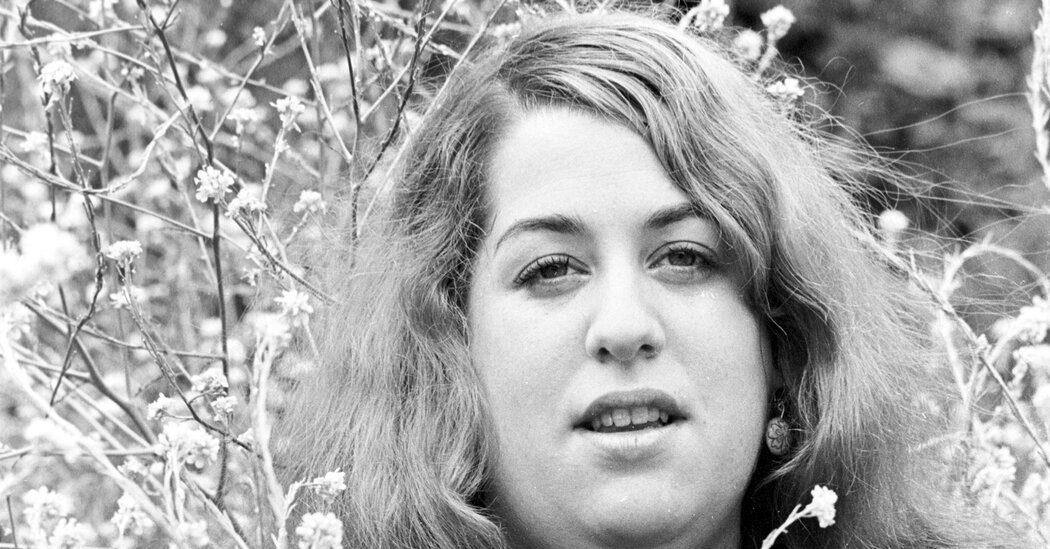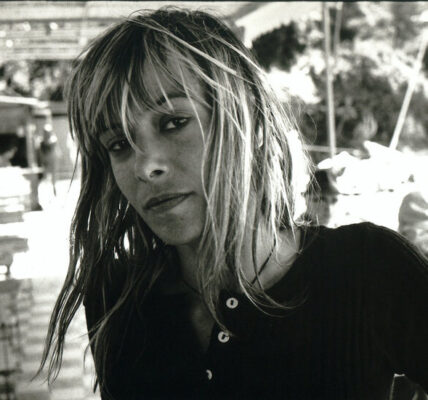2. The Big Three: “Wild Women”
Before she was in the Mamas & the Papas — and even before she was in her pre-Mamas group the Mugwumps — Elliot was one-third of a folk ensemble called the Big Three with Tim Rose and Jim Hendricks. Her personality shone when she sang lead on this saucy blues classic, first made famous by Ida Cox. I love hearing her dig into her voice’s grit here, flexing a muscle she usually wasn’t able to in the Mamas & the Papas.
Listen on Spotify, Apple Music or YouTube
3. The Mamas & the Papas: “Words of Love”
John Phillips wrote this vampy, almost carnivalesque tune — a hit off the group’s 1966 self-titled album — about his tumultuous relationship with his wife at the time, Michelle. But knowing it was squarely in Elliot’s wheelhouse, he wisely enlisted her to sing lead.
Listen on Spotify, Apple Music or YouTube
4. Cass Elliot: “It’s Getting Better”
From Elliot’s second solo album, “Bubblegum, Lemonade, and … Something for Mama,” this luminous ray of sunshine pop was written by the legendary songwriting duo Barry Mann and Cynthia Weill.
Listen on Spotify, Apple Music or YouTube
5. Cass Elliot: “Baby I’m Yours”
Elliot’s rendition of this Barbara Lewis ballad is at once brassy and coy, leaning into the slight absurdity of the lyrics — “and I’ll be yours until 2 and 2 is 3” — while maintaining an earnest sense of devotion. It’s a sonic Valentine.
Listen on Spotify, Apple Music or YouTube
6. Dave Mason & Cass Elliot: “Something to Make You Happy”
Elliot’s collaborative album with the former Traffic musician Dave Mason, simply titled “Dave Mason & Cass Elliot,” is an underrated entry in her discography. Though Elliot’s contribution is mostly limited to backing vocals, it’s a testament to the power of her voice that Mason saw fit to give her co-billing. Although Elliot did not write most of the material that made her famous, this album features two of her only songwriting credits: the lilting, melancholic “Here We Go Again,” on which she sings lead, and this gentle rocker, which she co-wrote with Mason.
Listen on Spotify, Apple Music or YouTube
7. Cass Elliot: “You Know Who I Am”
Though it was written and later recorded by Leonard Cohen, this song was actually first released by Elliot, when it appeared on her 1968 debut solo album, “Dream a Little Dream.” (Cohen’s stark and comparatively monotone interpretation appeared on his 1969 LP, “Songs From a Room.”) Featuring one of the most soulful vocals Elliot ever put to tape, the track is an amalgam of jazz, folk and gospel — more proof that Elliot could flourish in just about any genre imaginable.




